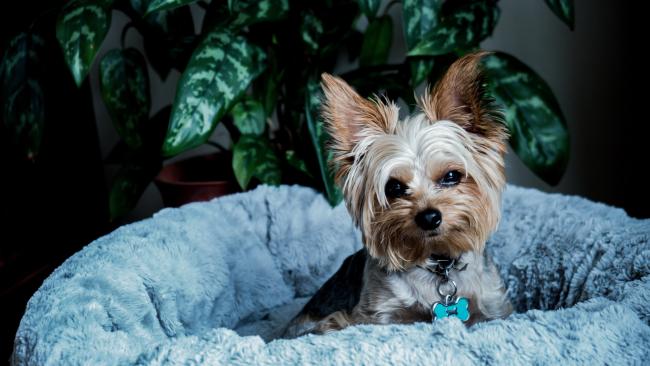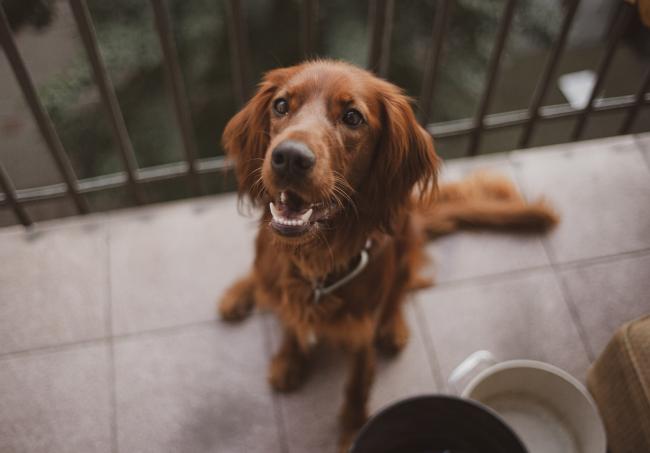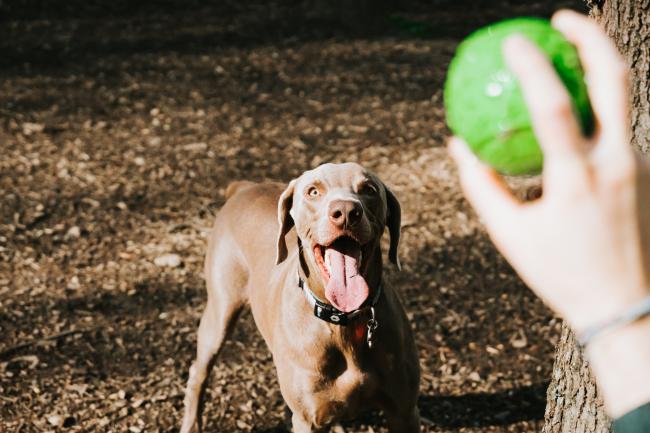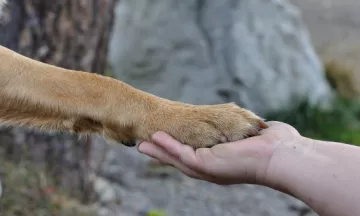Can a dog be happy in an apartment?
It is indeed possible to live in an apartment with a dog without compromising their health or happiness. It just requires a bit of extra planning, adaptability and creativity.
Many more Australians live in apartments than ever before, especially in larger cities. As such, the reality of having access to a large backyard just isn't the case for everyone. Therefore, we need to be a bit more deliberate in providing mental enrichment, socialisation and physical exercise for our pets. After all, they deserve no less.

Are some dogs better suited to apartment living?
There are some temperament and breeds of dogs that are more adaptable to living in small spaces than others. However, this can depend on a number of factors that are specific to your situation. For example, an older, less mobile dog might be happier in an apartment than a super energetic younger dog. Likewise, if you work from home or have a few members of your household that can contribute to your dog's care, your dog might have a better experience living in a small space.
Dog breeds that enjoy apartment living are often smaller, for example, French Bulldogs or Chihuahuas. However, this too can vary. For example, Greyhounds are much larger and are known to be adaptable to smaller spaces.
It's important to remember is that even if you own a breed that has a reputation for apartment living, they will still need a good amount of mental stimulation and exercise. Dogs are social, intelligent animals and, as such, should not be left alone without company all day, every day. Doing this can lead to separation anxiety, which might result in destructive behaviours such as chewing or barking. Plus, your dog will be stressed and miserable, which isn't fair on them at all.

4 tips to keep your apartment dog happy
Enrich the apartment environment
Head to the hardware store and plant some pet grass in pots for your dog to chew on. And if you do keep other potted plants, be mindful of those that might be poisonous to dogs and make sure they are well out of reach.
It's a good idea to keep a variety of toys for your dog to play with. For example, squeaky toys, soft toys and chewy toys are great for your dog to exercise their jaw muscles and flex their motor movement skills. Mix it up by swapping them around so that your dog doesn't get bored.
Dog-proof your outdoor space
If you have a balcony or courtyard, make sure it has barriers that are high enough that your dog couldn't possibly escape. This is especially important if you live in a tall building.
Any play area must be free from unsafe household items such as electrical cords, devices with batteries, human medications and garbage. You also might want to purchase a puppy toilet or disposable grass pad for them to relieve themselves outside.

Exercise and outside time
Be sure to factor in daily walks and park visits to give your pet a variety of environments to sniff. This will allow them to burn some energy and use their body and brain, which are key to having a happy apartment dog.
If you work full time or need to stay at work late, it's a good idea to contact a dog walker to give your dog some company and exercise during the day.
Feed your apartment dog creatively
Feeding enrichment is a great way to slow your dog's eating and to make mealtimes much more fun! You might want to hide little treats around the house for your dog to 'hunt' during the day. Otherwise, a snuffle mat or a kong filled with frozen food can keep your pet happy for hours. However, make sure you do leave this on a tiled or hard floor to avoid messing up your carpets.






